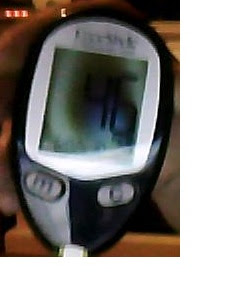




Status epilepticus (SE) is a life-threatening condition in which the brain is in a state of persistent seizure. Definitions vary, but traditionally it is defined as one continuous unremitting seizure lasting longer than 30 minutes,[1] or recurrent seizures without regaining consciousness between seizures for greater than 30 minutes (or shorter with medical intervention). It is always considered a medical emergency. There is some evidence that 5 minutes is sufficient to damage neurons and that seizures are unlikely to self-terminate by that time. First aid guidelines for seizures state that, as a rule, an ambulance should be called for seizures lasting longer than 5 minutes (if this is the patient's first seizure episode and there were no known precipitating factors, or if SE happens to an epileptic whose seizures were previously absent or well-controlled for a considerable time period, then that step can be taken before that point).[2] The mortality rate of status epilepticus has the potential to be quite high (at least 20%), especially if treatment is not initiated quickly. However, with optimal neurological care, adherence to the medication regimen, and a good prognosis (no other underlying uncontrolled brain or other organic disease), the patient- even people who have been diagnosed with epilepsy- in otherwise good health can survive with minimal or no brain damage, and can decrease their risk of death and even avoid future seizures.[3]
------------------------------------------------------------------------------------------------------------------------------
A subarachnoid hemorrhage (SAH,
SAH is often associated with a poor outcome.[2] The death rate (mortality) for SAH is between 40 and 50%
Neurocognitive symptoms, such as fatigue, mood disturbances, and other related symptoms are common sequelae. Even in those who have made good neurological recovery, anxiety, depression, posttraumatic stress disorder and cognitive impairment are common; 46% of people who have suffered a subarachnoid hemorrhage have cognitive impairment that affects their quality of life.[3] Over 60% report frequent headaches.[
(When found, blood sugar was 1,800 (normal - 70-120)
